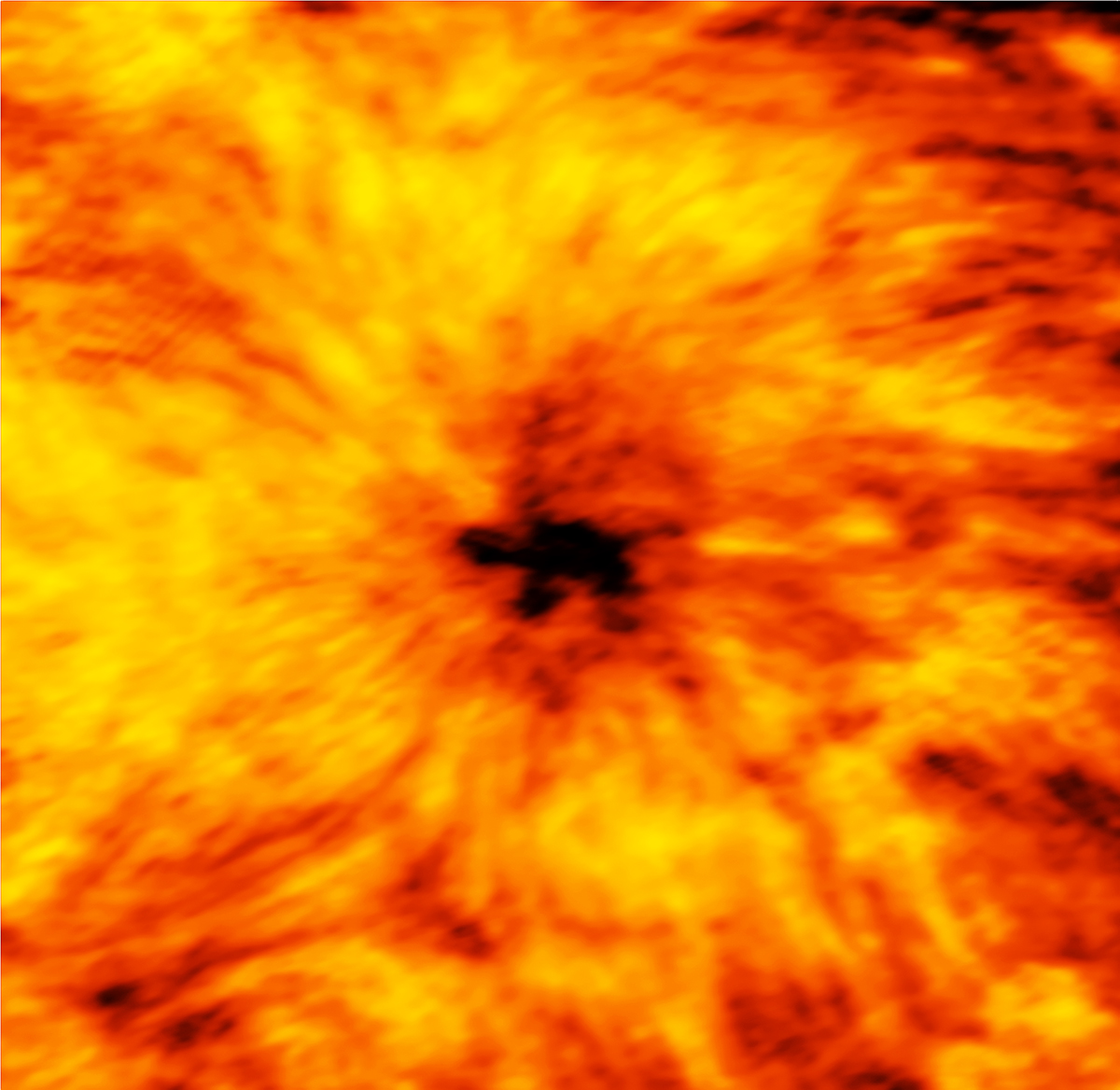- 3,505
- 1,370
In the latest installment of the MCU, The Marvels, (Great movie by the way, enjoyed it!) Captain Marvel re-ignites the Hala's star. Hala's star was dying and had red color. After Captain Marvel re-ignited it, it became yellow and comparable to Earth's sun. The calc below measures how much energy it would take to reheat the core to allow fusion processes to start once more.

 vsbattles.fandom.com
vsbattles.fandom.com
The result is small star with 7.13*10^31 tons of TNT.
Characters who directly scale to this feat: Monica Rambeau, Ms. Marvel, and Dar-Benn
NOTE:
Posts up to

 vsbattles.com
vsbattles.com
are for a pervious calc that has been reworked in the thread.

The Marvels: Captain Marvel reignites Hala's Sun
The result is small star with 7.13*10^31 tons of TNT.
Characters who directly scale to this feat: Monica Rambeau, Ms. Marvel, and Dar-Benn
NOTE:
Posts up to

The Marvels [Spoilers] Upgrade
Simply heating the core won’t work, as it would not increase the mass and pressure of the star, which are essential for sustaining fusion. You have to increase the internal energy of the core entirely, which is the sum of the kinetic energy and the potential energy of the particles in the core.
are for a pervious calc that has been reworked in the thread.
Last edited:
